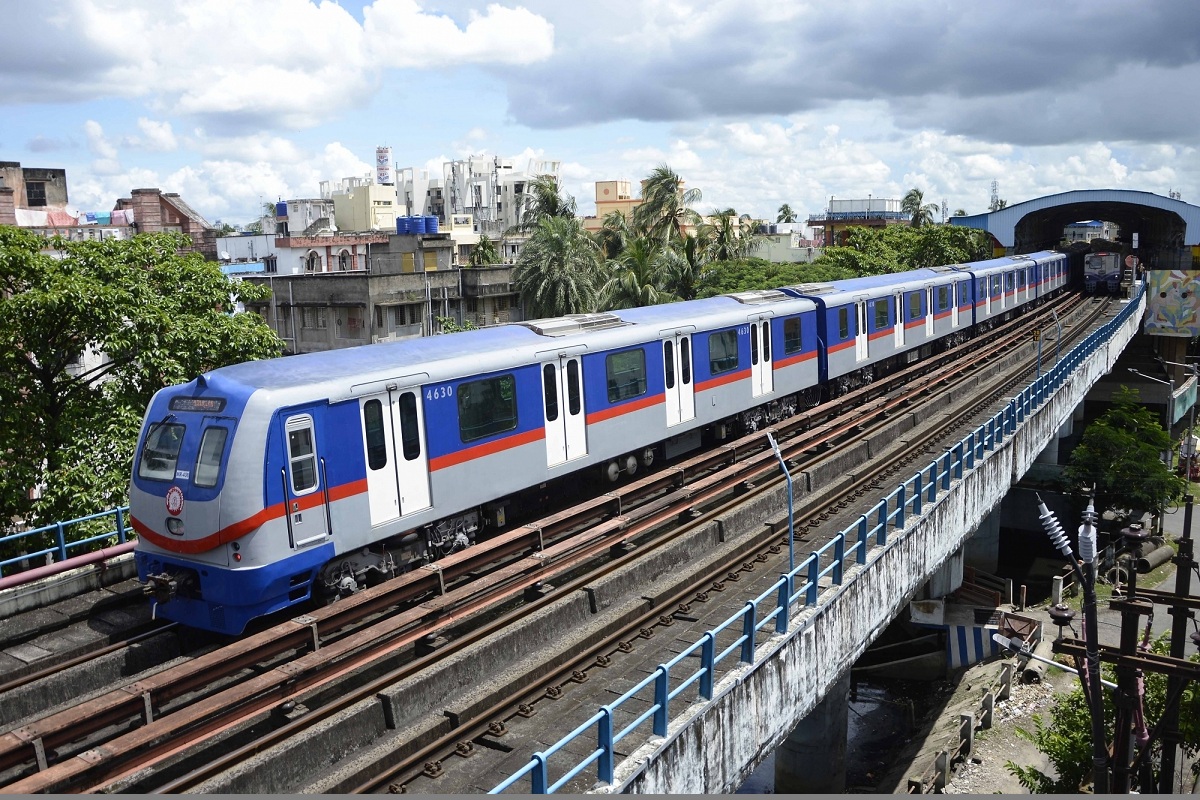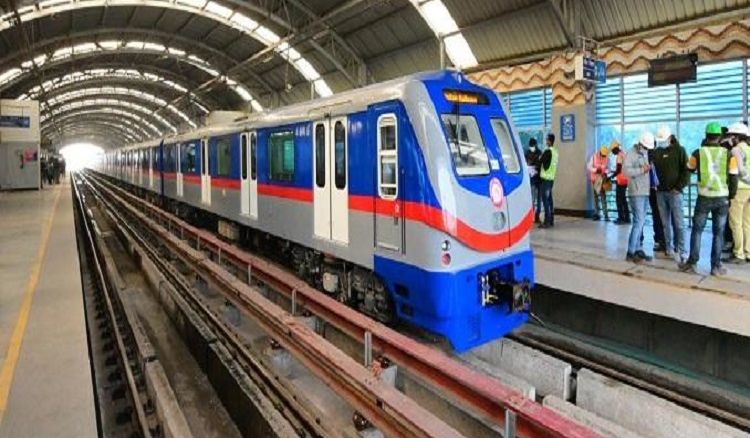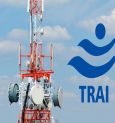The Kolkata metro authority has taken steps to bring about major changes in the structure of the north-south metro. They are going to replace the old steel third rail with an aluminum third rail to run the train in just two and a half minutes. After 38 years of service, major changes are going to happen. The steel third rail is four decades old. It also has some critical problems that can be fatal to anyone. That’s why this change is very much needed. Railways sources said the third rail system had been adapted by the metro rail services authorities in global cities like London, Moscow, and Singapore, among others.

As soon as the tender process is completed, work for the installation of the third rail system will start immediately.
Aluminum-made tracks are more heat-resistant and result in lesser electricity consumption.
The work will be completed within two years. According to Metro, this will reduce energy consumption by 84%, which is about Rs 1 crore annually. Power dissipation in aluminum third rails is much less than in steel. The steel third rail gets very hot during power transmission due to its high resistance. This increase in temperature causes more resistance to cintinuous current flow, causing more resistance. Consequently, from the steel third rail, sparks often occur.
Kolkta Metro Rail informs that aluminum rail has been used in the Joka-Taratala and New Garia-Ruby metros in addition to the East-West Metro in Kolkata to eliminate this problem. Besides, the wet weather conditions in the tunnels in Kolkata have also been kept in mind. To reduce the gap from five minutes to two and a half minutes, the signaling system should also be changed. Metro’s third rail replacement is underway to introduce a modern communication-based train control system (CBTC) structure.
200 meters of steel will be replaced daily. Aluminum sheets will not be joined by welding.
Although this system is not new, replacing the four-decade-old steel third rail with an aluminum sheet is certainly a unique step in development.
 বাংলায় পড়ুন
বাংলায় পড়ুন














